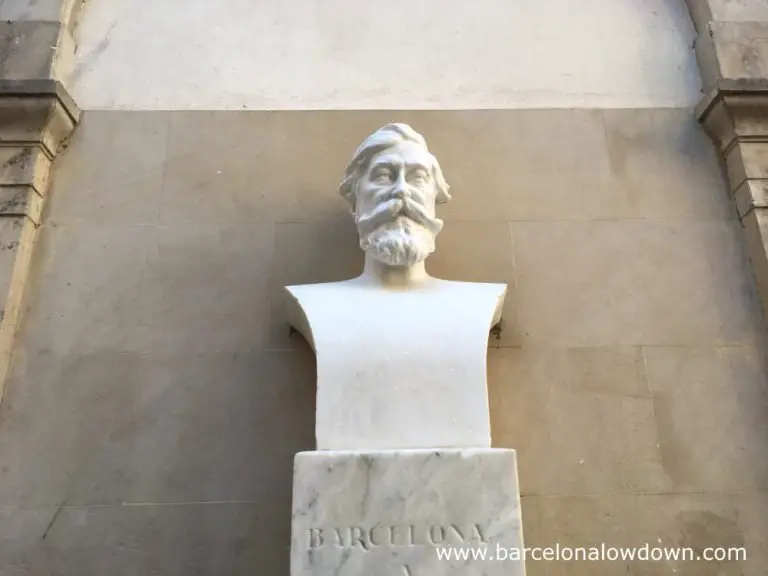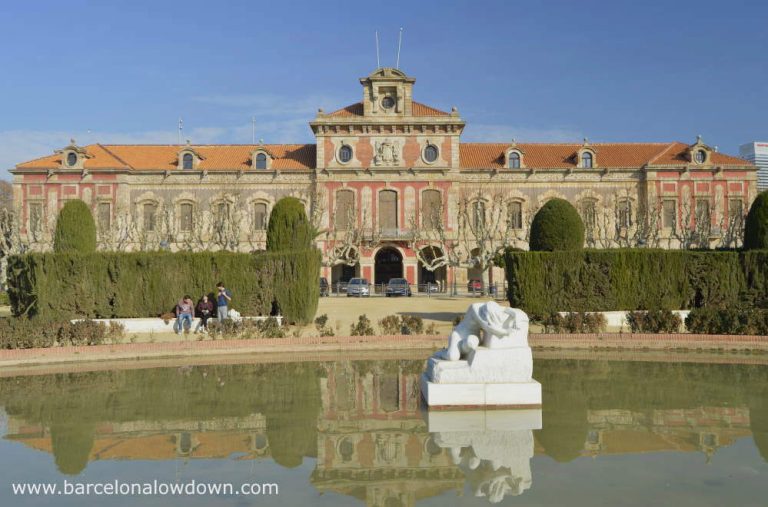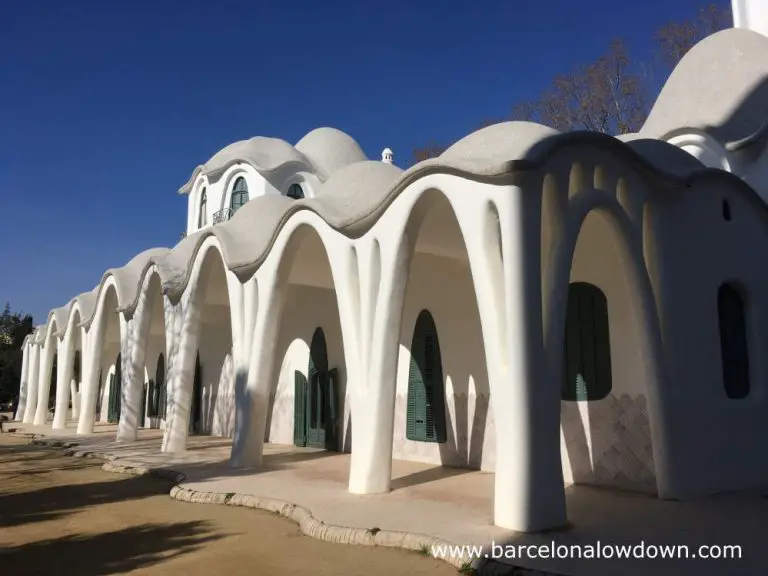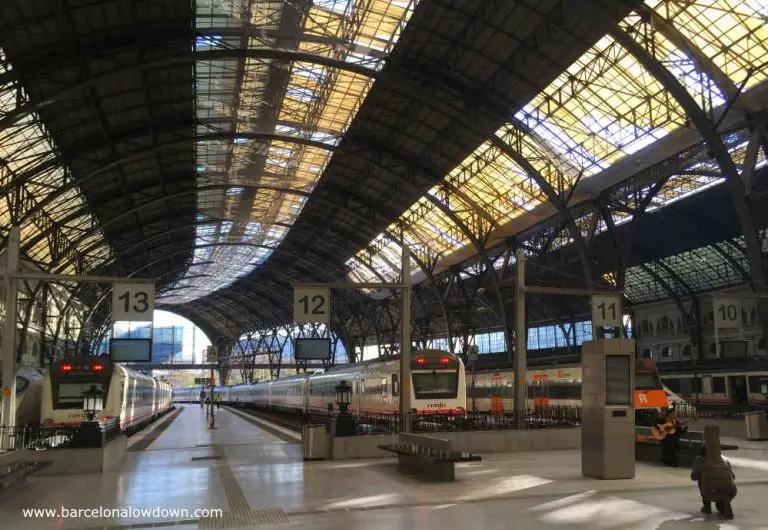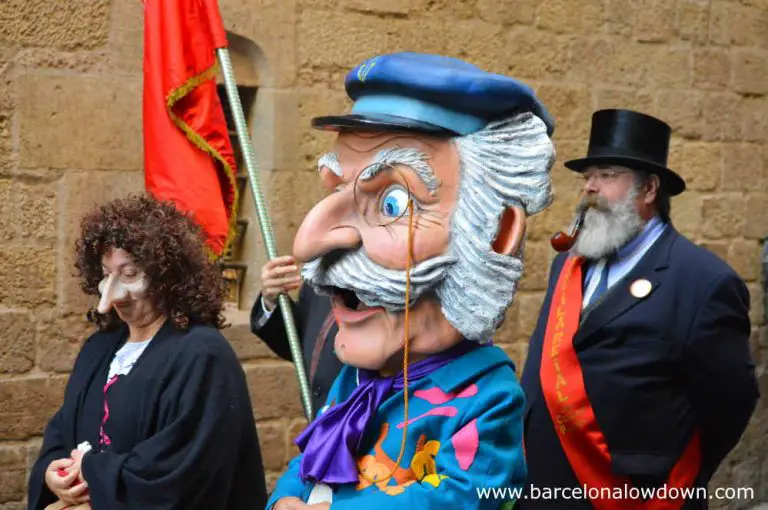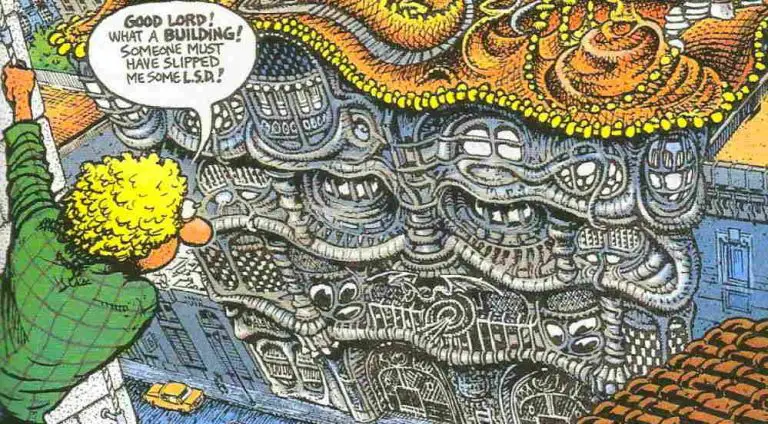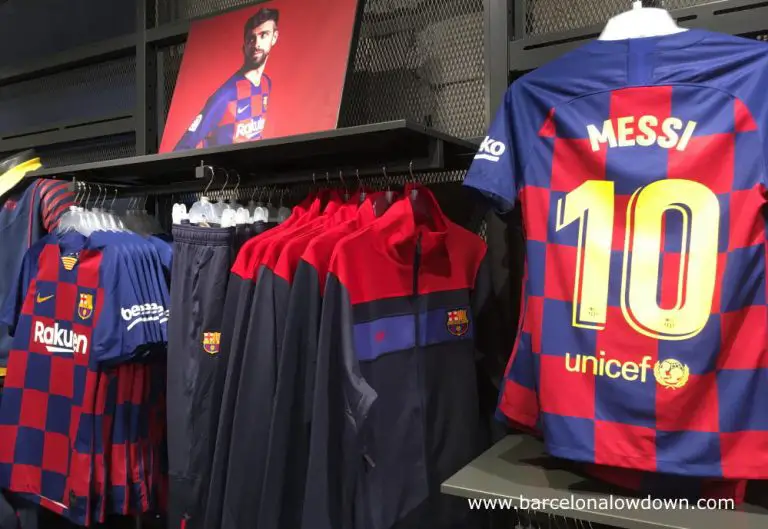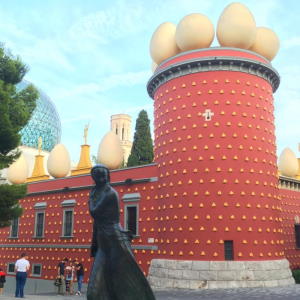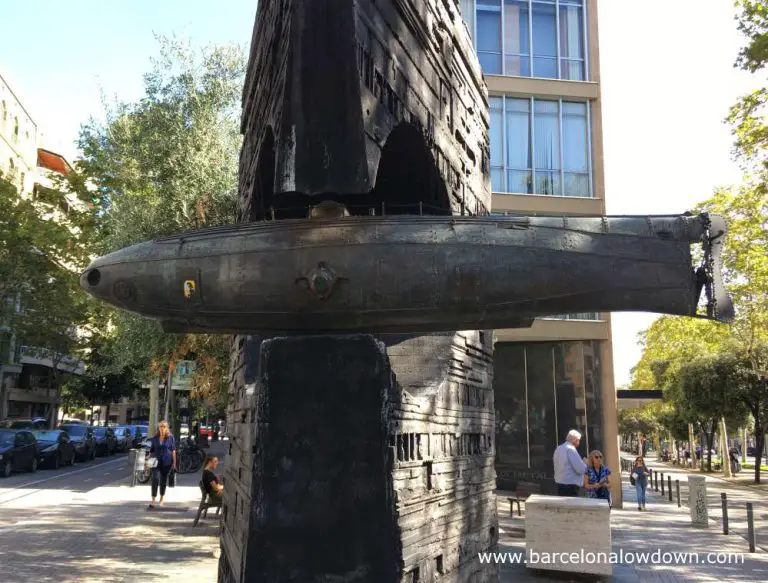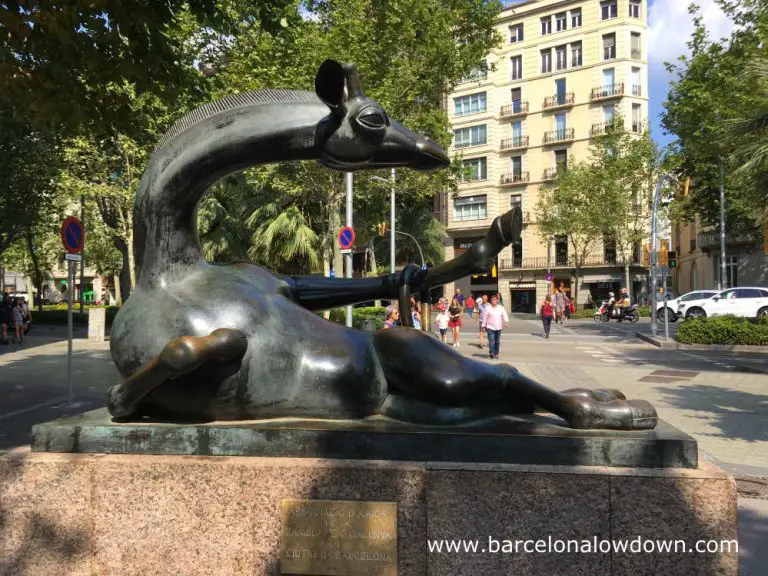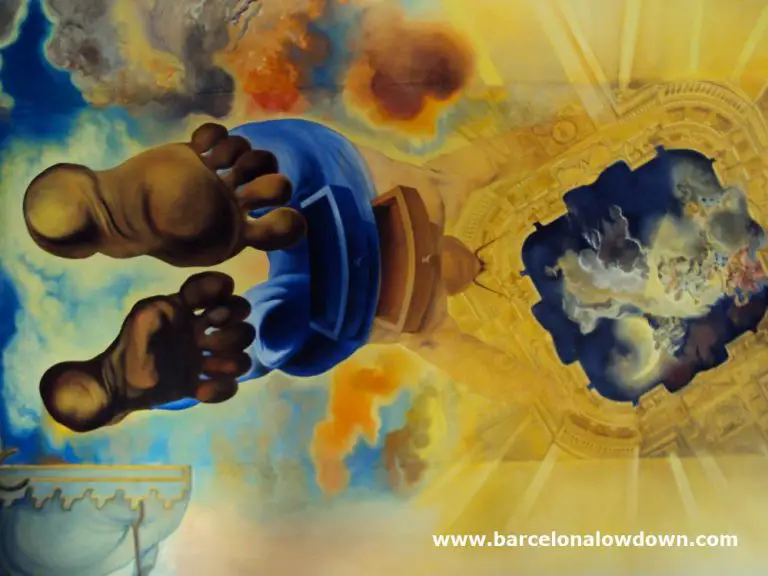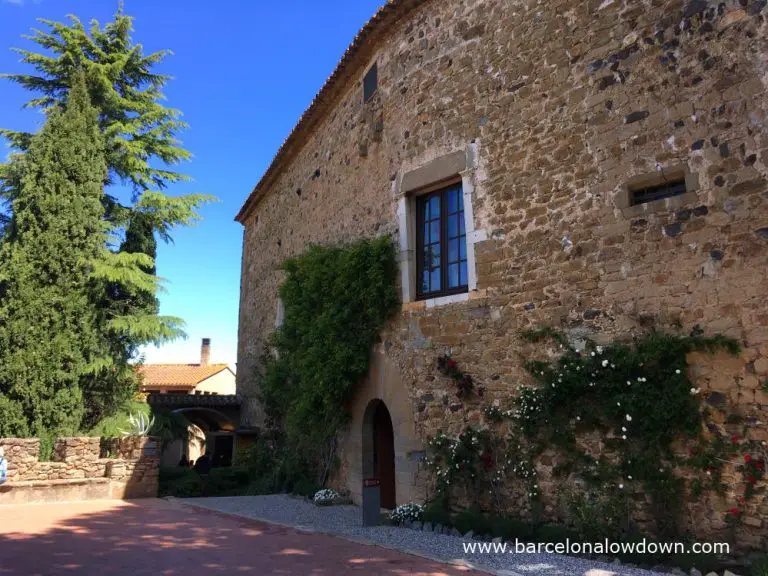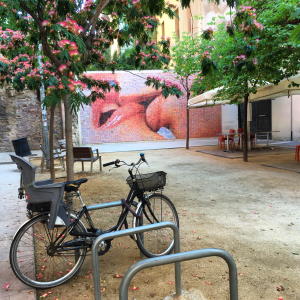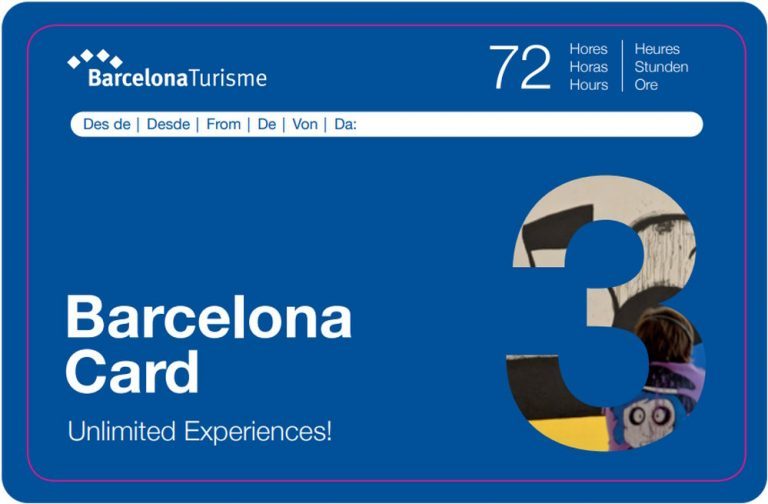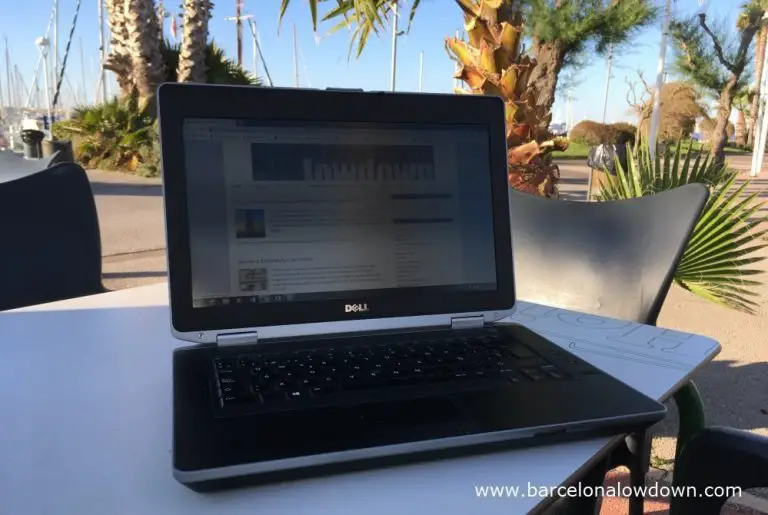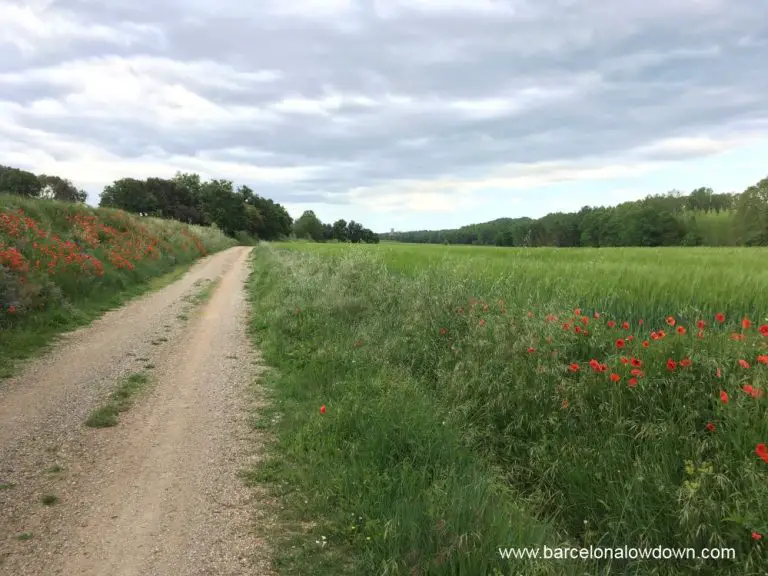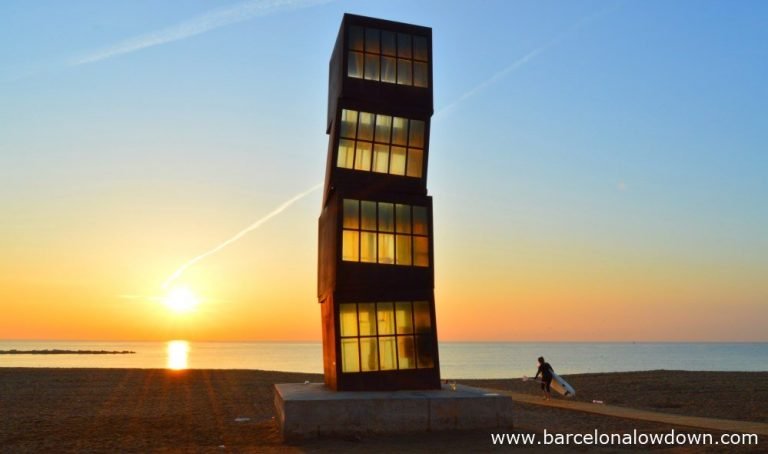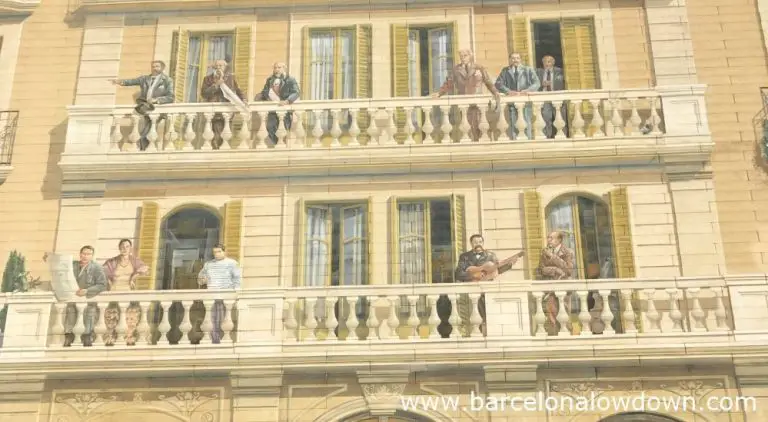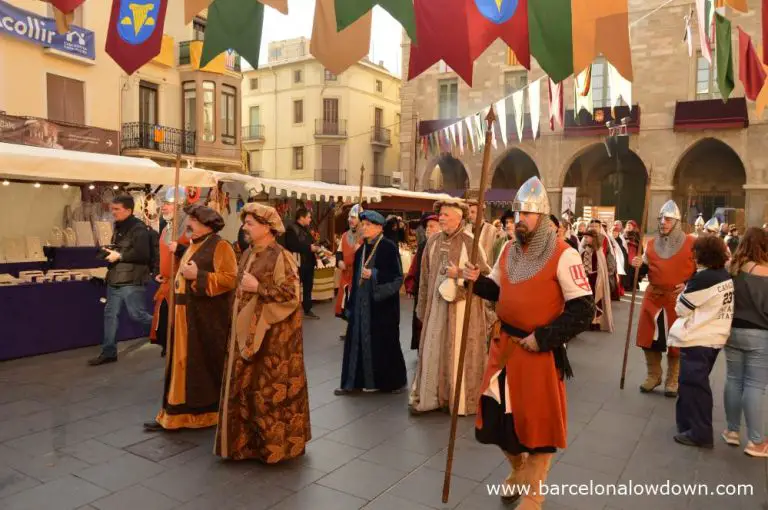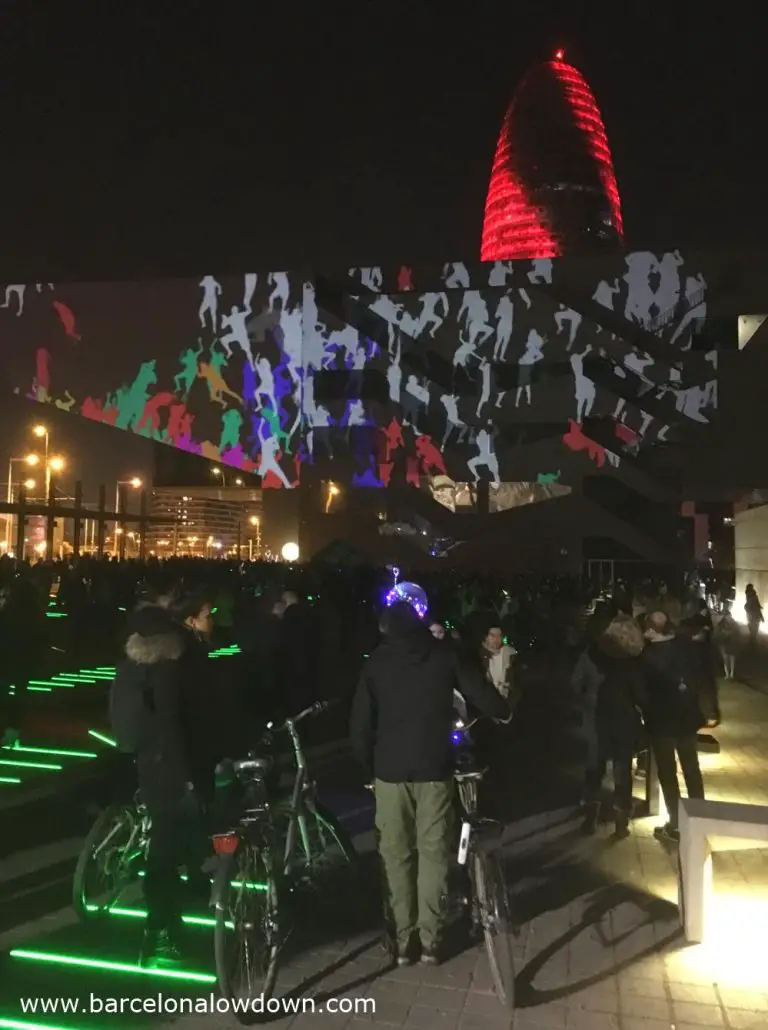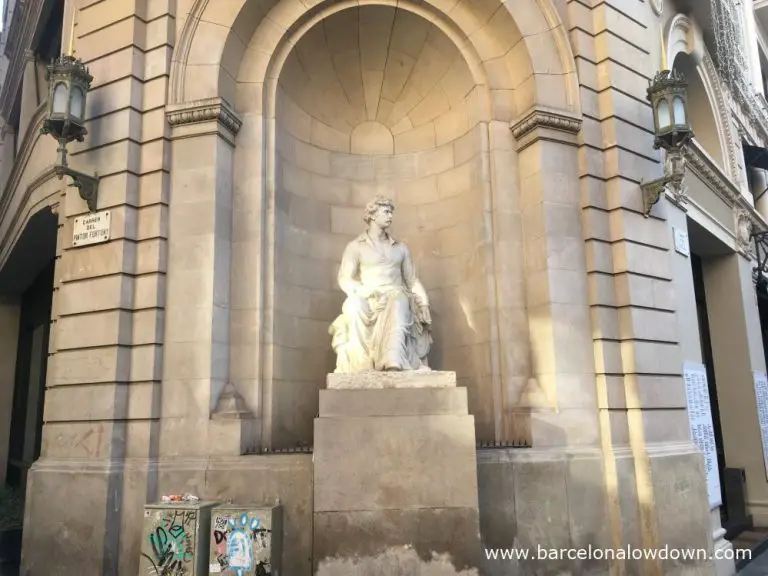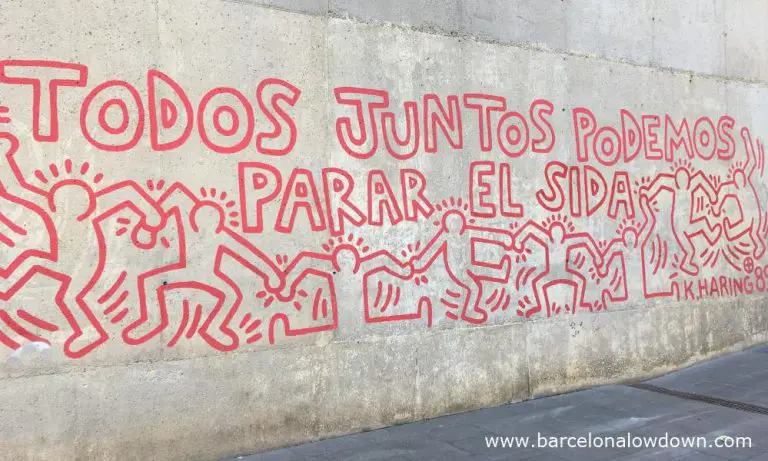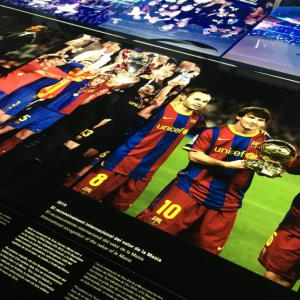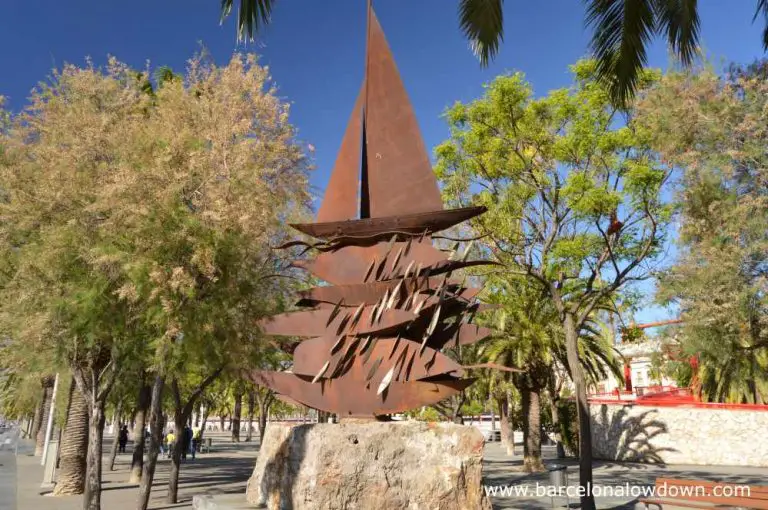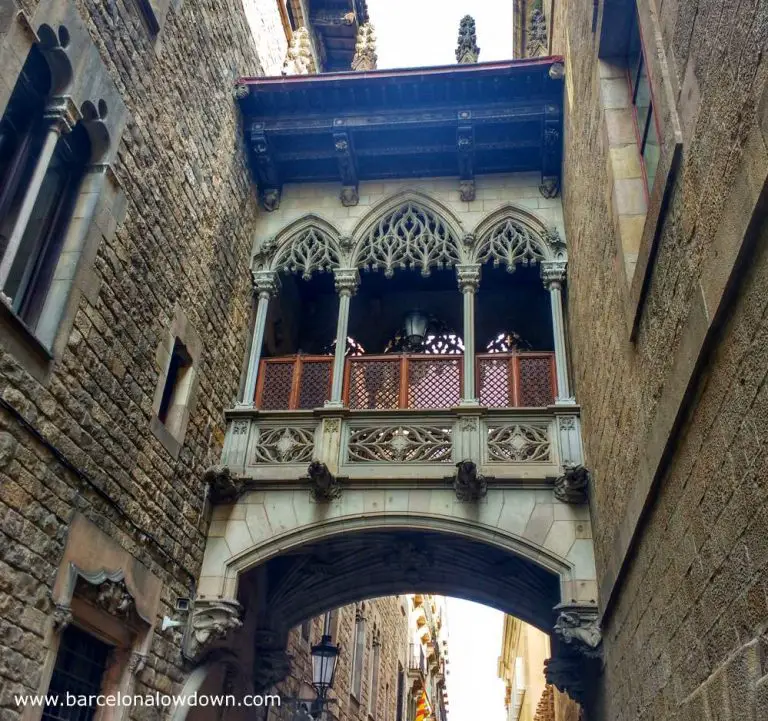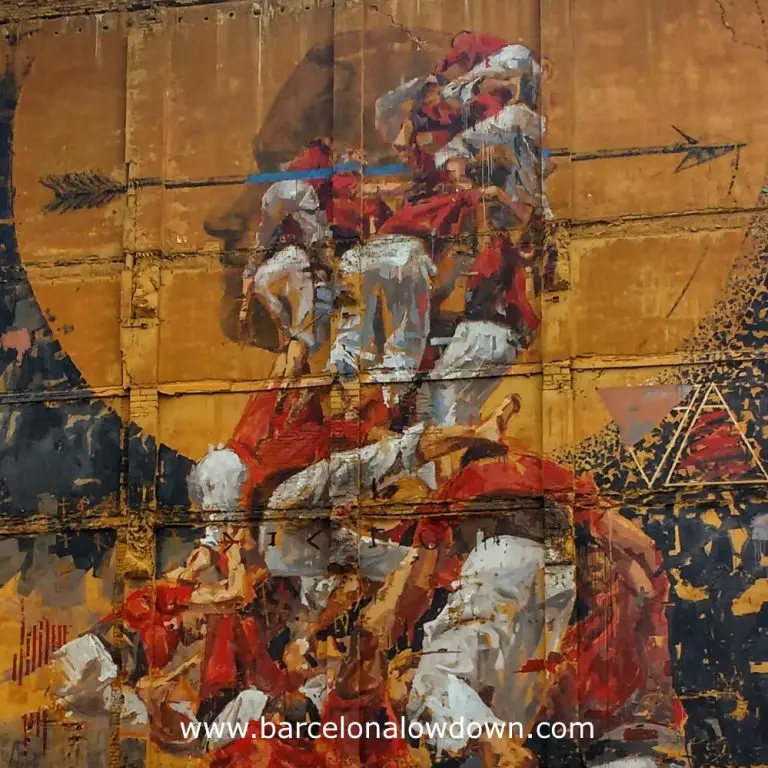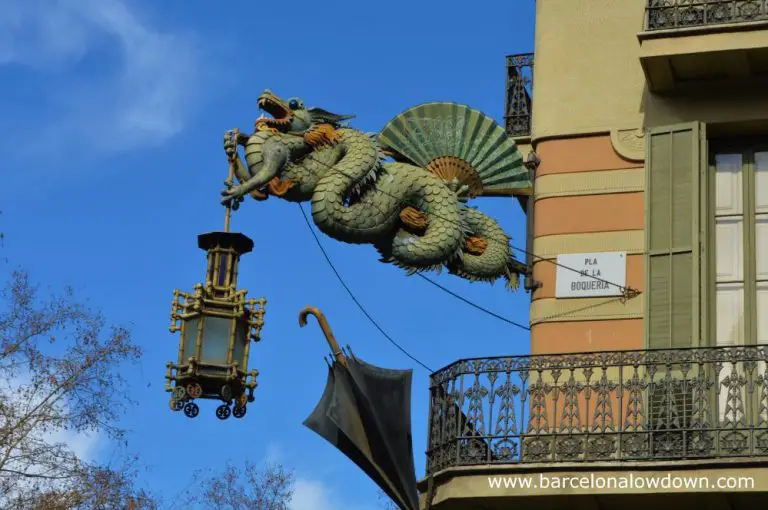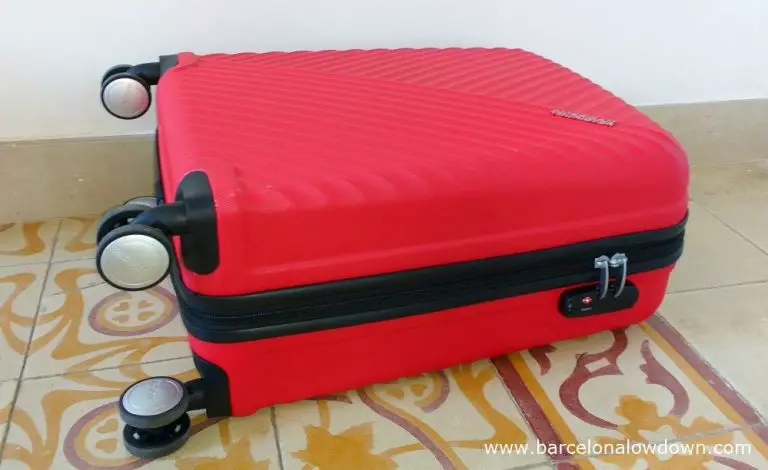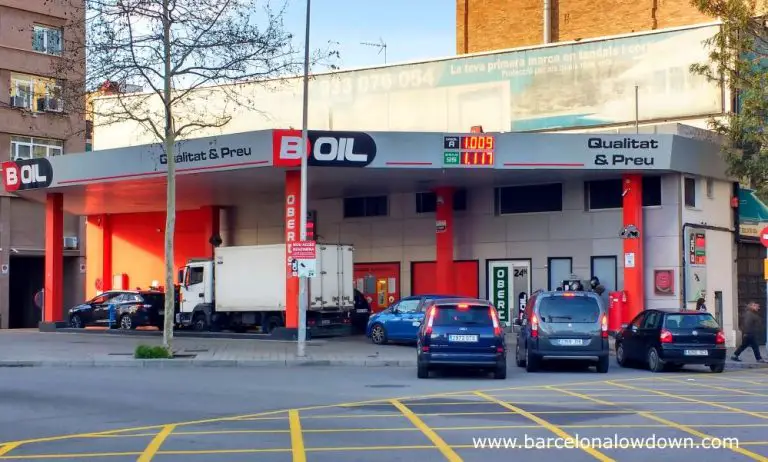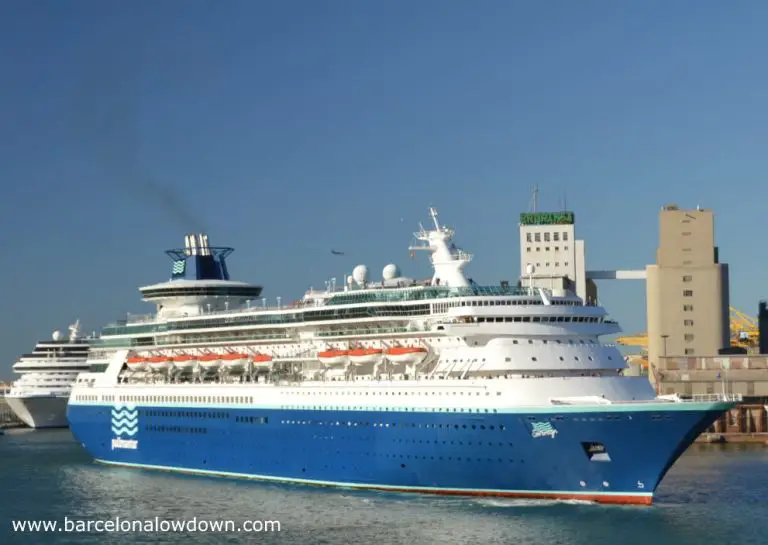Santiago Rusiñol was a key figure in Catalan Modernism, an artistic movement encompassing art, architecture, design and literature. Born in Barcelona in 1861, he was the son of a wealthy family which owned a textile manufacturing company founded by his grandfather Jaume Rüsiñol. As a teenager, Rusiñol started sketching and painting in his free time…
Blog
The Remnants of Barcelona’s 18th Century Citadel
Centrally located, at the north edge of the old town, the Parc de la Ciutadella is Barcelona’s best known and most popular park. The seventeen-hectare park is home to Barcelona Zoo, the Catalan Parliament Building, two museums, a large fountain, a bandstand, a boating lake and a diverse collection of sculptures and monuments. A green…
Terrassa: What to See and Do
Thirty kilometres inland from Barcelona, Terrassa’s attractive, pedestrianised city centre is an interesting and lesser-known day trip or weekend break. Sometimes referred to as the Catalan Manchester, Terrassa played a key role during the Industrial Revolution when it was an important city for textile manufacturing. In its heyday at the beginning of the twentieth century,…
Estació de França Railway Station
Barcelona França railway station (Catalan: Estaçió de França) was built in 1926 in preparation for the Barcelona International Exhibition which took place in 1929. The Noucentista style station was designed by Pedro Muguruza and Andreu Muntaner as the main terminus for trains arriving from France. Nowadays, the station has largely been superseded by Barcelona Sants…
A Man With as Many Noses as There Are Days Left In the Year
L’Home dels Nassos (the man of the noses) is a mythical figure from Catalan folklore with as many noses as there are days left in the year. On January 1st he has 365 noses which he then loses, one per day, as the year advances. During most of the year, the nose man hides away…
The Fabulous Furry Freak Brothers in Barcelona
The Fabulous Furry Freak Brothers is a cult comic strip which first appeared in underground magazines in the late 1960s. Created by Gilbert Shelton, the comics recount the misadventures of three hippies (and their cat) and have been translated into 14 languages. Barcelona is featured in The Idiots Abroad which was originally published in The…
Best Souvenirs and Gifts You Can Buy at Barcelona Airport (and where to find them)
Barcelona is a shopper’s paradise with an abundance of department stores, boutiques, flea-markets and artisan shops where you can pick up a unique and authentic memento of your trip. With so many options to choose from it can be hard to know where to start. Add to that the fact that holiday time is short…
Figueres and the Dalí Theatre-Museum
Best known as the birthplace of Salvador Dalí and home to the Dali Theatre-Museum. Figueres has a relaxed small-town vibe and a historic centre dotted with Art Nouveau buildings, picturesque plazas and a handful of interesting museums. Thanks to its strategic location near the French border, the town also boasts one of the largest bastion…
Monument to Narcís Monturiol : Inventor of the Steam Powered Submarine
Located on Avinguda Diagonal, this four and a half metre concrete and bronze monument to inventor and political activist Narcís Monturiol i Estarriol was inaugurated in 1963. Created by Josep Maria Subirachs, the monument includes a replica of Monturiol’s most famous invention, the steam-powered submarine Ictíneo II, first launched in the Port of Barcelona in…
A Thoughtful Bull and a Very Flirtatious Giraffe (Statues)
The streets of Barcelona are often likened to an open-air museum or art gallery. From the famous Art Nouveau architecture to monuments, sculptures and street art, there’s something to catch your eye at every turn. Two of the most unusual statues are Thinking Bull (Brau Pensador) and Flirty Giraffe (Girafa Coqueta) which are located at…
Dalinian Triangle Guide: In the Surreal Footsteps of Salvador Dalí
Possibly the best known and most instantly recognisable artist of the 20th Century, Salvador Dalí was born in Figueres, 140km north of Barcelona. Famous for his dreamlike surrealist paintings and eccentric public persona, Dalí spent most of his life in Catalonia. Many of his best-known paintings were inspired by the rocky landscapes and coastline between…
Gala-Dalí Castle, Púbol
The Gala-Dalí Castle at Púbol is one of the three vertices of the so-called Dalinian triangle. More sombre and austere than the couple’s home in Portlligat. The castle was Gala’s private refuge and contains a collection of her dresses, personal belongings and works of art which Dalí painted for her. History of the Gala-Dalí Castle…
21 Most Instagrammable Locations in Barcelona (With Map)
Barcelona is one of Europe’s most photogenic cities with plenty of opportunities to fill your Instagram feed and Facebook timeline with images that will turn your friends back home green with envy. In fact, there are so many Instagram worthy sights that if you’re not careful you might end up missing out on some of…
Barcelona Sightseeing Passes: Which is Best Value?
Barcelona offers visitors good value for money compared to other popular European cities such as London, Paris, Berlin or Rome. Having said that, the city is packed with attractions and with entry fees generally between €10 and €40; the cost can quickly add up. Luckily, several discount cards and sightseeing passes can help you save…
Top Barcelona Travel, Food and Expat Blogs
Barcelona is one of the most visited cities in Europe with an abundance of things to see and do. In fact, there’s so much on offer that if you don’t make at least a rough plan before you arrive there’s a good chance you’ll end up missing out. Luckily there are literally hundreds of independent…
The Walk From Flaça Train Station to Púbol
Flaça train station is approximately 6km from Púbol, the walk through rolling farmland takes just over an hour. From Flaça to La Pera the route follows a gravel cycle path. From La Pera to Pubol, You walk on the GV-6426 which is a quiet country road with little traffic. If you will be walking in…
The Wounded Star Sculpture by Rebecca Horn (L’Estel Ferit)
The Wounded Star (Catalan: L’Estel Ferit) by Rebecca Horn is one of several contemporary sculptures that were installed on Barcelona’s waterfront in preparation for the 1992 Olympics. The rusty iron tower is a homage to the rundown chiringuitos (beach bars) and seafood stalls that stood here before the area was refurbished and gentrified in the…
Barcelona Balconies by Cité Création
Balcons de Barcelona (Barcelona Balconies) is a large scale Trompe l’oil style mural painted on the southwest elevation of an apartment building in the l’Eixample neighbourhood, near the Sagrada Familia. Part of a campaign called Barcelona posa’t guapa (Barcelona get pretty) the mural was painted in 1992 in the run-up to the Olympic games. Despite…
Manresa’s Medieval Fair : La Fira de l’Aixada
Every year, at the end of February, Manresa celebrates La Fira de l’Aixada (festival of the mysterious light) which dates back to 1686 and sees the town step back in time to the 14th Century. In addition to the medieval market, there is a busy schedule of theatrical performances, processions, music and dance commemorating events…
Barcelona Light Festival: LLum BCN Poblenou
Barcelona’s Festival of light Llum BCN takes place in February in the Poblenou neighbourhood. When darkness falls, buildings, streets, and plazas are transformed by large-scale projections and audio-visual displays created by local and international artists and students from Barcelona’s art, architecture, and design schools. The festival started out as part of the annual Festes de…
Statue of Marià Fortuny
Marià Fortuny i Marsal was a renowned 19th Century Catalan painter whose best-known works are on display in the National Art Museum of Catalonia (MNAC) and the Prado Museum in Madrid. Born in Reus in 1838, Fortuny studied art at the la LLotja art school in Barcelona before moving to Rome to continue his studies.…
Keith Haring’s Mural: Todos Juntos Podemos Parar el SIDA
One of Barcelona’s best-known pieces of public art is a 30m long blood-red mural intended to raise awareness of HIV and AIDS. The mural was painted in 1989 by American artist Keith Haring, who was diagnosed HIV positive three years earlier. Famous for his graffiti-inspired artwork on the New York Metro, Haring was invited to…
FC Barcelona Museum and Camp Nou Stadium Tour
With a seating capacity of almost 100,000, El Camp Nou is the largest stadium in Europe and a Mecca for football fans from around the world. The Camp Nou Experience is one of the most popular tours in Barcelona, giving visitors exclusive access to areas of the stadium that are usually off-limits, including the changing…
Monument to Sportspeople of the Sea
The monument to sportspeople of the sea (Catalan: Esportistes del Mar) by Joaquim Ros i Sabaté is one of 3 monuments commissioned by the Real Asamblea Español de Capitanes de Yate during the 1960s, all of which are located in Barcelona’s historic harbour (el Port Vell). The rusty iron statue which represents a yacht at…
El Pont del Bisbe: Bishop’s Bridge
One of the most photographed sights in Barcelona’s Gothic Quarter, El Pont del Bisbe (Bishop’s Bridge) was built for the Barcelona International Exposition, which took place in 1929. The bridge was designed by architect Joan Rubió I Bellver, who suggested that all non-Gothic buildings in the immediate vicinity of Barcelona Cathedral should be demolished and…
Fer Llenya: Gonzalo Borondo’s Tribute to Castellers
One of the most striking pieces of street art in Barcelona’s Poblenou neighbourhood was painted by Spanish artist Gonzalo Borondo for the 2015 Open Walls Conference. The painting’s title, Fer llenya, is a term used by Castellers (the people who build human towers) and refers to the collapse of a tower. It’s easy to assume…
The Umbrella House: Casa Bruno Cuadros
One of the most easily recognisable landmarks on Barcelona’s iconic Las Ramblas boulevard, Casa Bruno Cuadros is located half-way between Plaça de Catalunya and the Columbus Monument. Better known as The Umbrella House (Catalan: Casa dels Paraigües) due to the brightly coloured umbrellas which decorate the façade. The building dates back to 1858 and was…
How to Unlock Your Suitcase When You’ve Forgotten the Combination
Picture the scene, you’ve just arrived at your hotel in an unfamiliar city after a long flight. You put your suitcase on the bed and slowly turn the numbered wheels of the three-digit combination lock. You press the button to get access to your case but nothing happens. The metal zipper tags remain firmly trapped…
B-OIL: The Cheapest Petrol Station in Barcelona
Whether you’ve hired a car in Spain or are on a road trip around Europe, you can save money by comparing prices every time you fill the tank with petrol or diesel. Fuel prices are lower in Spain than in the UK but you can make your €uros go further by avoiding motorway service stations…
From Barcelona Airport to the Cruise Ship Terminals
Barcelona’s cruise port is conveniently located near the city centre, at one end of the famous Las Ramblas Boulevard. Although there are various public transportation options to reach the city centre from the airport, none of them provides direct access to the cruise ship terminals. As a result, most people either opt for a taxi…

